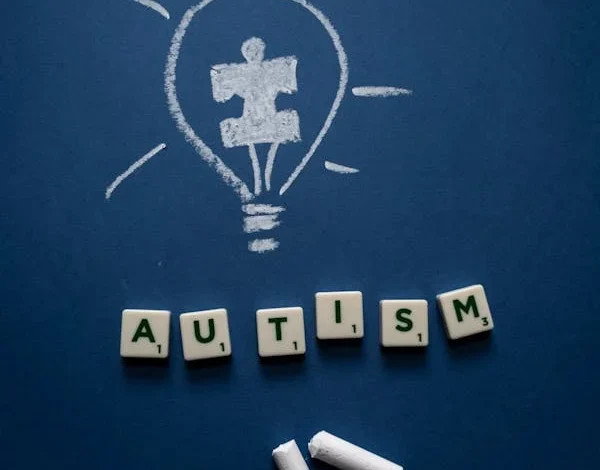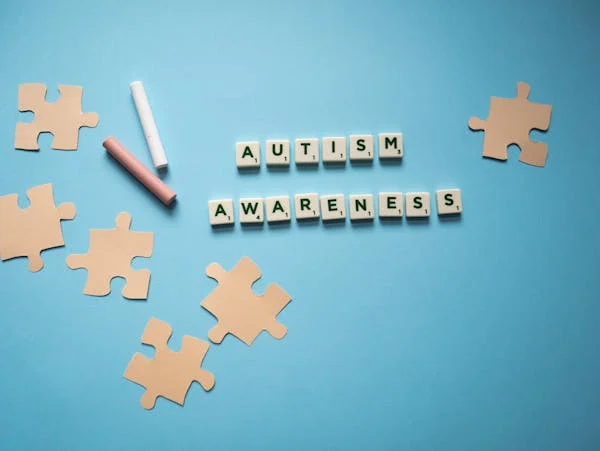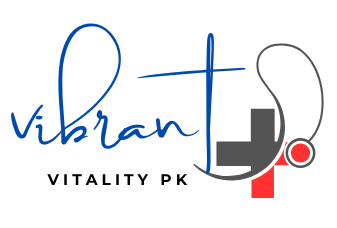Understanding Autism Menace: Unraveling the 5 Strong Complexities while Dealing with Autism

Autism is a multifaceted neurological difference that shapes countless lives worldwide. Recognized in various forms and degrees, autism touches upon developmental aspects. These include communication, social interaction, and cognitive functioning. Despite its challenges, autism also brings unique perspectives and strengths to those it affects.

According to 2024 research result, autism affects 1 individual out of 36 in US. Autism spectrum disorder (ASD) rises up in US to 312% since the year 2000 which is really alarming. It is also observed that males have more tendencies to develop autism which is 4.2 times greater than women. UK is top of the list in autism patients’ rate per 100000 people.
At its core, It is known as a spectrum condition. This indicates a range of manifestations, from mild to severe. The notion of a spectrum allows for a more nuanced understanding of autistic experiences.
It emphasizes the individual variation within the autism community. Importantly, the language we use reflects a shift towards neuro-diversity, acknowledging diversity in brain functioning.
Research into autism’s origins indicates a complex interplay between genetics and environment. The debate continues, with no single cause identified. Yet, this scientific pursuit enhances our comprehension of autism’s intricacies. It also fuels advancements in supportive strategies and interventions tailored to individuals’ unique needs.
What are symptoms of autism?
In addressing it, early diagnosis and intervention are crucial. They enable support systems that can improve quality of life significantly. Educational strategies, speech therapy, and behavioral interventions offer vital scaffolds. By adapting to the learning styles of those with neurological problem, such approaches foster greater inclusion and progression.
- Social Interaction: One core symptom of autism is difficulty with social interactions. Individuals with autism often struggle to comprehend social cues. They may not respond appropriately in conversations or might seem disinterested in people around them.
- Repetitive Behaviors: Another prominent symptom is repetitive behaviors. People with it might engage in repeating certain actions. They may also insist on following specific routines, showing distress when these routines are disrupted.
- Communication challenges: Communication problems are also a symptom of it. Delayed speech development is common among children with it. Some individuals might not speak at all. Others may have difficulty engaging in back-and-forth conversation.
- Sensitiveness: It also brings unique responses to sensory input. Individuals might be overly sensitive to sounds, lights, or textures. Conversely, they might show indifference to pain or temperature.
There are different severities of it, which is referred to as being on the spectrum. High-functioning individuals might have subtle symptoms. They might maintain jobs and relationships, albeit with some challenges. On the other hand, those more severely affected might require significant support for daily activities.
Early detection of it can dramatically impact interventions. It allows for therapies that can improve communication, social skills, and adaptive behavior. Recognizing and understanding symptoms of it is the first step toward helping individuals lead fulfilling lives.
The challenge of understanding it within society is notable. Misconceptions often lead to stigma and isolation for autistic individuals. Therefore, raising awareness and promoting acceptance is paramount. Through this, communities are empowered to welcome the authentic participation of those with it.
Another dimension of it entails the experience of sensory processing differences. Some individuals may experience sensory input more intensely or weakly. As such, environments need consideration and adjustment. Accommodations provide those with it the means to navigate their surroundings more comfortably.
In the educational realm, it presents both challenges and opportunities. Inclusive practices enable students with it to engage fully with curriculum content.
Customized teaching methods take into account the diverse learning needs of autistic students. Thus, it enhances their educational experience and future prospects.
Certain biases influence perceptions of it, often based on limited public understanding. These can be addressed through education and advocacy. By confronting stereotypes, the unique abilities and contributions of autistic individuals gain recognition. This, in turn, fosters a more just and equitable society.
In considering treatment and support, a person-centered approach is imperative. It’s interventions must be flexible, respectful, and responsive to the individual’s changing needs. Emphasizing capacity rather than limitation allows for the nurturing of potential within the autism context.
Interactive Role of Nutrition and Autism in Treatment
The multifaceted nature of autism requires a holistic approach to treatment. Diet, often overlooked, can play a crucial role. Substantial research indicates that certain dietary strategies may alleviate its symptoms. Thus, understanding the link between nutrition and autism is imperative for developing effective treatment plans.

Autism spectrum disorder is characterized by varied challenges in social interaction, communication, and behavior. While no cure exists, treatments focus on improving quality of life. Amidst therapies, dietary modifications have emerged as an adjunct to its treatment. The rationale being that diet influences overall health, including neurological function.
- Gastrointestinal issues are common among individuals with it. These problems may exacerbate behavioral symptoms. An adapted diet could mitigate these issues. For instance, gluten-free and casein-free diets have been popular in the context of it. While controversy exists, some report improvements following these dietary restrictions.
- Nutritional deficits are another concern in autism, necessitating tailored diet plans. A diet rich in omega-3 fatty acids, which are vital for brain health, is encouraged. Sources include fish and flaxseeds. Additionally, ensuring adequate intake of vitamins and minerals is essential. Supplements may be beneficial, particularly if natural food sources are limited due to dietary restrictions.
- It’s paramount to avoid certain additives and food colorings. These substances can have an adverse impact on behavior in sensitive individuals. An autism-friendly diet often emphasizes whole foods over processed alternatives. A beneficial diet for it hence focuses on purity of ingredients and supports overall well-being.
- Meal planning and consistent eating patterns also hold significance in autism treatment. Regular meal times and a predictable assortment of foods can provide a sense of security and routine. Meanwhile, introducing new foods should be done gradually. Patience and consistency in dietary approaches is the key to accommodating the often rigid preferences observed in it.
- An interdisciplinary team, including a nutritionist, should ideally oversee the implementation of a diet plan in its treatment. For some, a specific diet may lead to remarkable improvements. In others, the results may be more subtle. Monitoring and adjusting the diet plan is crucial, as is respecting the individual’s food preferences and tolerance.
The implementation of dietary strategies associated with its treatment is not without its challenges. It often requires thorough education of caregivers and families. Moreover, diet modifications should not detract from enjoying meals or create additional family stress. Thus, striking a balance between the therapeutic goals of the diet and the social aspects of eating is critical.
At the core, the diet plan for autism treatment should be safe, balanced, and respectful of individual differences. While no standard diet exists for autism, the aforementioned principles guide the development of an effective plan. As research evolves, the relationship between diet and autism will hopefully become clearer, further refining dietary approaches to autism treatment.
Conclusion
In conclusion, diet plays a non-negligible role in its treatment. An optimal diet for individuals with autism should be carefully considered and professionally tailored. It might complement other therapies and contribute to an improved quality of life. Nevertheless, ongoing research and professional guidance drive the continual evolution of dietary strategies in its treatment.
Finally, it presents a complex tapestry of experiences, challenges, and strengths. By embracing a neuro-diversity perspective, society can better support and appreciate those with autism. Through ongoing research, inclusive practices, and societal awareness, we move toward a more accepting world. Within this world, the diverse expressions of human neurology are not only recognized but celebrated.







knoweldgeable👍
👍🏻